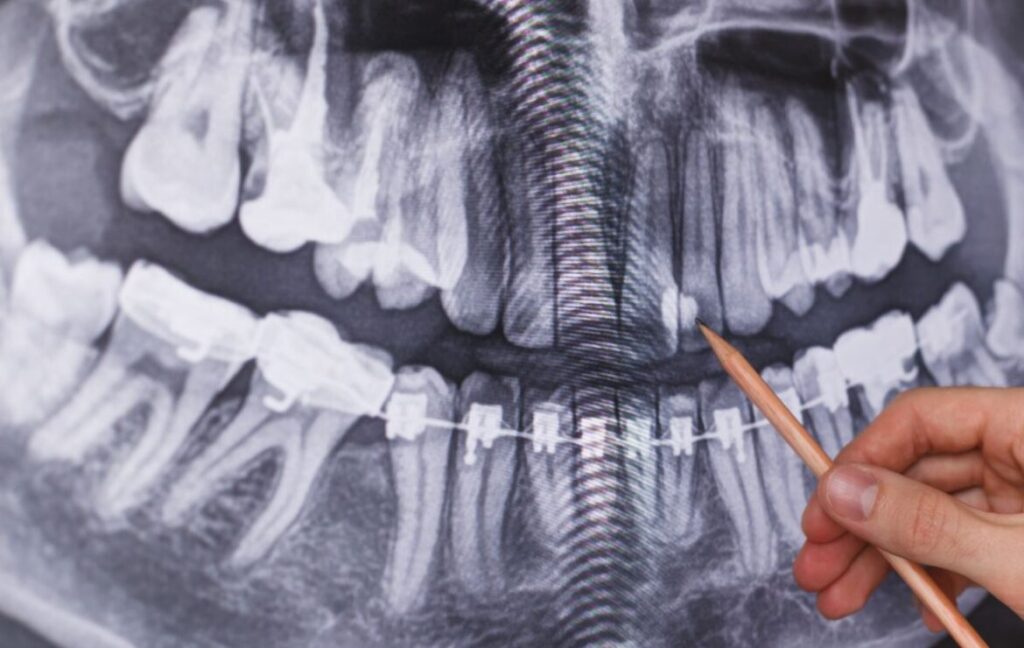
Crystal Clear: How Panoramic X-Rays Improve Dental Diagnosis
The family dentist in Fountain Valley, CA provides panoramic X-rays, also known as orthopantomograms (OPGs), to achieve a wide-angle view of the upper and lower jaw in a single image. This diagnostic tool has revolutionized the field of dentistry, enabling dentists to accurately diagnose and treat various oral health issues.
In this article, we will delve into some interesting facts about panoramic X-rays. So keep reading!
What are panoramic X-rays?
Panoramic X-rays are a type of extraoral imaging, meaning they are taken outside the mouth. Unlike traditional intraoral X-rays, which capture individual teeth or small sections of the jaw, panoramic X-rays provide a comprehensive view of the entire mouth, including the teeth, jawbone, sinuses, and surrounding tissues.
How are panoramic X-rays taken?
The panoramic X-ray process is straightforward and painless. Patients sit in a chair, and a rotating arm moves around their head, capturing the image in a single sweep. The X-ray machine emits a low-level radiation beam, which is absorbed by the body and recorded on a digital sensor or film. The entire process takes only a few seconds.
Why are panoramic X-rays taken?
Panoramic X-rays are used for a variety of reasons, including:
- Diagnostic purposes: to detect and diagnose oral health issues such as tooth decay, abscesses, impacted teeth, and bone loss
- Treatment planning: to plan dental implant placement, extractions, and orthodontic treatment
- Monitoring progress: to track changes in the jawbone and teeth over time
- Detecting hidden problems: to identify issues that may not be visible on traditional X-rays, such as jawbone density, sinus infections, or impacted teeth
- Comprehensive view: to provide a broad perspective of the entire mouth, allowing dentists to diagnose and treat issues more effectively
Is radiation exposure a concern with panoramic X-rays?
Radiation exposure is a minimal concern in panoramic X-rays. The amount of radiation emitted during a panoramic X-ray is relatively low, equivalent to about 0.02-0.05 millisieverts (mSv). The average person is exposed to approximately 2.4 mSv of natural radiation per year. Additionally, modern panoramic X-ray machines are designed to minimize radiation exposure, using advanced technology to reduce beam intensity and exposure time.
Can panoramic X-rays be used for children?
Panoramic X-rays can be used for children but with caution and consideration of their individual needs and developmental stage. Children’s teeth and jaws are still developing, and panoramic X-rays can help dentists monitor this growth and detect potential issues early on. However, because children are more sensitive to radiation, dentists take extra precautions to minimize exposure.
Do panoramic X-rays hurt?
Panoramic X-rays are a painless and non-invasive diagnostic tool. During the process, you will be asked to stand or sit in a comfortable position, and a rotating arm will move around your head, capturing the image in a single sweep. You will not feel any discomfort, pain, or sensation during the X-ray. The machine does not touch your body, and the entire process typically takes only a few seconds. Some patients may experience mild discomfort or anxiety due to the noise of the machine or the need to remain still, but this is rare.
How are panoramic X-rays different from traditional X-rays?
Panoramic X-rays differ significantly from traditional X-rays in several ways.
- Firstly, panoramic X-rays capture a wide-angle view of the entire mouth, including the teeth, jawbone, and surrounding tissues, in a single image. In contrast, traditional X-rays focus on a specific area or individual tooth, providing a more detailed but limited view.
- Additionally, panoramic X-rays are taken outside the mouth, whereas traditional X-rays are taken inside the mouth, requiring patients to bite down on a sensor or hold a film in place.
- Panoramic X-rays also use a lower radiation dose and are faster to capture, typically taking only a few seconds.
- Furthermore, panoramic X-rays provide a broader perspective, allowing dentists to diagnose issues that may not be visible on traditional X-rays, such as jawbone density, sinus infections, or impacted teeth.
